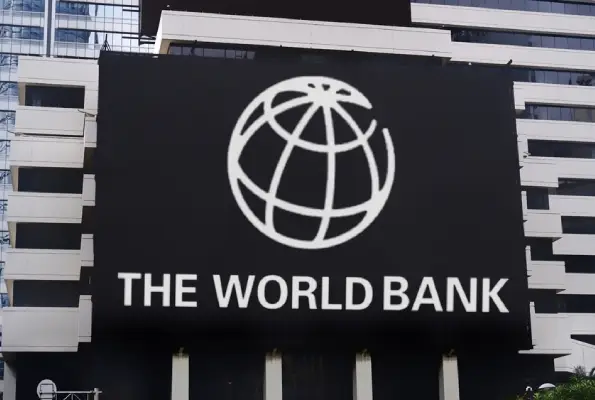According to a recent report by the World Bank, Saudi Arabia’s economic growth is expected to increase to 5.9 per cent in 2025, up from the previous prediction of 4.2 per cent in January.
However, the GDP growth forecast for the Kingdom has been revised downward to 2.5% in 2024, from an earlier projection of 4.1 per cent.
Meanwhile, the forecast for the overall GDP growth for the Gulf Cooperation Council countries in 2024 has been reduced to 2.8 per cent, down from 3.6 per cent, and the 2025 forecast has been revised to 4.7 per cent, up from 3.8 per cent.
The report also adjusted the UAE’s GDP growth forecast to 3.9 per cent for 2024, up from the previously projected 3.7 per cent, with a further rise to 4.1 per cent in 2025, from 3.8 per cent.
According to the latest projections, Kuwait’s economy is expected to grow by 2.8 per cent in 2024, which is likely to further increase to 3.1 per cent in 2025.
Similarly, Bahrain’s economy is expected to grow by 3.5 per cent in 2024 and 3.3 per cent in 2025, showing an increase from the previous forecast in January.
However, Qatar’s economy saw a downward revision for its 2024 forecast from 2.5 per cent to 2.1 per cent, but an upward revision for 2025 from 3.1 per cent to 3.2 per cent.
Oman’s economic projections for 2024 and 2025 saw a marginal increase of 0.1 per cent since the previous forecast in January.
These adjustments reflect the broader economic trends where the surge in oil prices following Russia’s invasion of Ukraine in 2022 has boosted the oil-exporting economies in the Middle East and North Africa.
Economic growth in countries that export oil, particularly those belonging to the Gulf Cooperation Council (GCC), has been faster compared to non-oil exporting nations such as Djibouti, Jordan, Morocco, Tunisia, and the West Bank and Gaza.
However, this trend is expected to change by 2024. It is predicted that the growth disparity between GCC oil exporters and developing oil importers will decrease to only 0.9 percentage points, which is a significant shift from 2022 when GCC countries had grown 5.6 percentage points faster.
“Developing oil exporters will grow 2.8 per cent in 2024, down from 3.1 per cent in 2023 while growth in developing oil importers is forecasted to decrease to 2.5 per cent in 2024, down from 3.1 per cent in 2023,” the report noted.
In 2024, the MENA region is expected to achieve a growth rate of 2.7 per cent, which is in line with pre-COVID levels. However, this is still lower than the global average.
Other emerging markets and developing economies are also predicted to fall short of pre-pandemic growth rates, but they are expected to outpace the MENA region by 1.2 percentage points in 2024.



